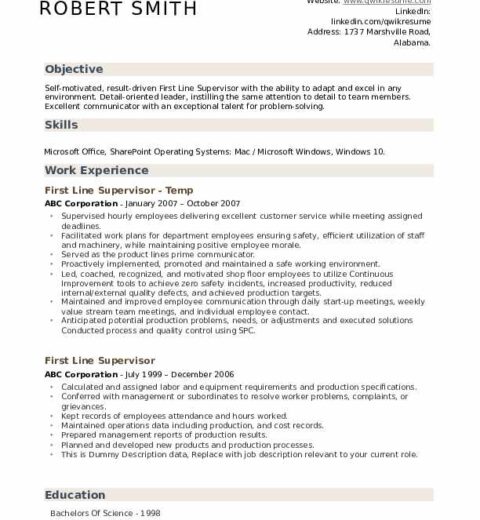In the realm of job seeking, the cover letter stands as a sentinel, guarding the resume—the fortress of qualifications. This duality is often underestimated; yet, together, they create a compelling narrative that piques the interest of recruiters. A cover letter complements the resume by providing context, depth, and a more personal touch to the professional experiences listed. While the resume is a straight line, concise and factual, the cover letter acts as the intricate swirl of a painter’s brush, adding flair and emotion to the canvas of one’s work history.
Understanding the Purpose of a Cover Letter
At its core, a cover letter serves to introduce the applicant to the potential employer. It is akin to a prologue in a novel, setting the stage for the unfolding story found within the resume. The purpose is multifaceted: to provide clarity on the applicant’s motivation for applying, to highlight specific qualifications that align with the position, and to express enthusiasm about the opportunity. A well-crafted cover letter can captivate hiring managers, compelling them to delve deeper into the accompanying resume.
The Anatomy of a Cover Letter
Crafting an effective cover letter involves several key components, each serving a distinct function:
- Header: Similar to a letter’s heading in classic literature, the header includes the applicant’s contact information and the date, followed by the employer’s details. This immediately presents a professional context.
- Salutation: Addressing the reader directly, using names when possible, conveys diligence and personalization, which can resonate profoundly with recruiters.
- Introduction: The opening paragraph should capture attention. It may include a hook, such as a compelling statistic or a brief anecdote that illustrates the applicant’s passion or suitability for the role.
- Body: The body is where the applicant weaves their narrative. This section may comprise one or two paragraphs elaborating on specific experiences or skills, illustrating how they relate to the job description. Drawing connections between personal attributes and professional achievements can create a robust argument for candidacy.
- Closing: The conclusion should include a call to action, encouraging the reader to examine the resume and express eagerness for further discussion. A gracious tone can leave a lasting impression, much like the final lines of a captivating story.
Unpacking the Emotional Appeal
While resumes often parade facts and figures, the cover letter allows for emotional expression—a prospect that can resonate deeply with hiring decisions. By articulating one’s passion for the industry, the applicant breathes life into their qualifications. It transforms a mere list of skills into a compelling narrative, linking past experiences to future aspirations. In this sense, the cover letter is more than a formality; it embodies the essence of the individual behind the qualifications.
The Importance of Tailoring
In the competitive landscape of job applications, a generic cover letter can be detrimental. Customization is paramount. Each cover letter should be tailored to reflect the specific role and company culture, demonstrating thorough research and genuine interest. Subtle nuances in wording and context can make the difference between blending in and standing out. Like a tailored suit, a personalized cover letter enhances the applicant’s projected image, aligning perfectly with the employer’s expectations.
Common Pitfalls to Avoid
Even the most seasoned applicants can stumble over the same obstacles. Avoiding certain missteps can elevate a cover letter from mediocrity to distinction:
- Generic Language: Avoid phrases that sound clichéd or overused, such as “I am writing to express my interest.” Strive for originality in phrasing to ensure that your letter reflects a unique perspective.
- Lengthy Narratives: While depth is important, cover letters should ideally be concise, typically no longer than one page. Brevity allows for clarity, ensuring that key points do not get lost in verbosity.
- Neglecting Proofreading: Errors in spelling or grammar can undermine credibility. A polished cover letter mirrors the level of professionalism that is expected in any correspondence.
The Synergistic Relationship Between Resume and Cover Letter
The interplay between the resume and the cover letter is crucial. The resume may serve as the skeleton—a structured outline of accomplishments—while the cover letter provides the flesh, gluing it all together with narrative and emotion. Together, they form a cohesive entity that can leave a lasting impression on a potential employer. When they are aligned, they present a united front, elegantly showcasing the applicant’s journey and aspirations.
Conclusion: A Call to Craft with Intention
In conclusion, a cover letter, paired with a resume, is not merely an accessory in the job application process; it is an essential piece of the puzzle. It articulates the applicant’s professional identity, passions, and aspirations. Investing time in crafting a compelling cover letter can significantly enhance one’s prospects, elevating the entire application into a narrative that resonates. As job seekers navigate the labyrinthine paths of employment opportunities, this duality of the cover letter and resume remains a beacon, illuminating their unique appeal in a crowded marketplace.




